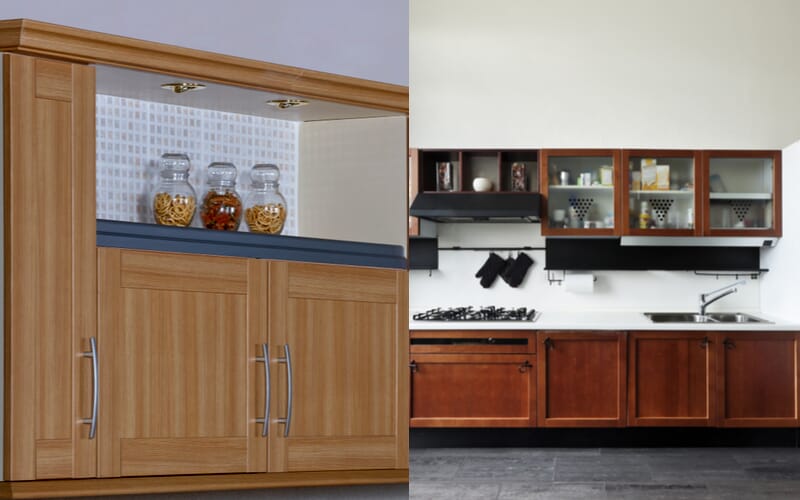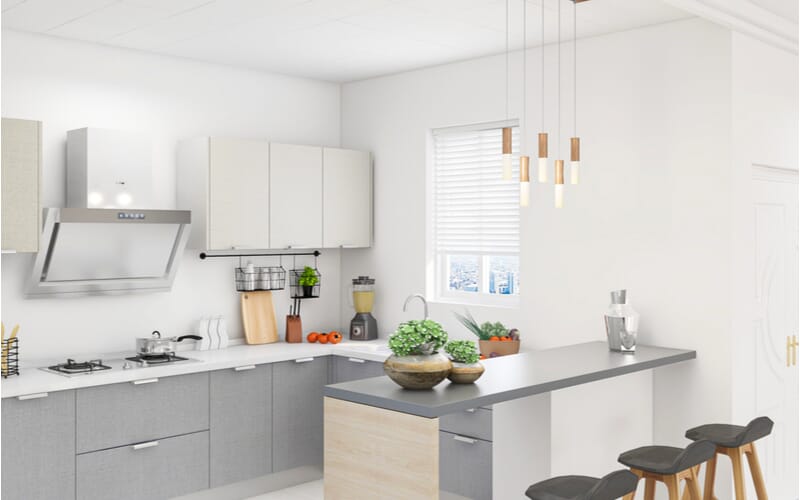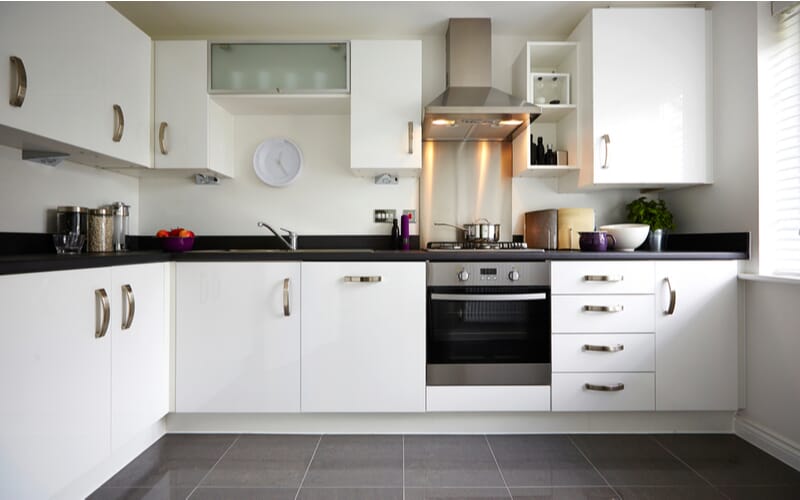Table of Contents
Home Painting Process
A house is the representation of the people who make it a home. From the way the rooms are kept to the furniture bought gives a fair idea of not only their taste but also their personality. The most important aspect of the house which catches an outsider’s eyes is the paint job.
Done right, the paintwork of a house will give the house longevity and protection for many years to come. Executed hastily and without thought, and one will have to go through the same process within a few years.
In the following, we shall cover the planning and the execution of painting a house. This includes choosing the right tools and methods of pre-prepping the walls. We shall also have a look at hiring help vs Do It Yourself (DIY) methods.
Hiring Help VS DIY
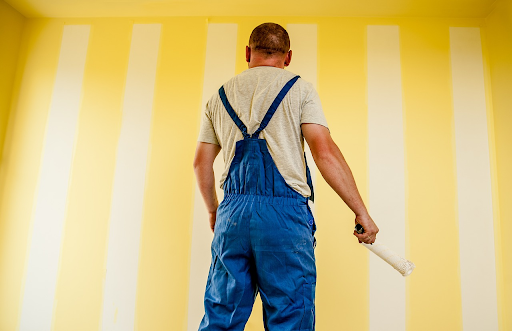
Hiring Help and DIY, whichever method the house owner goes with, are both perfectly effective methods. However, based on what you choose your approach to painting your house will differ.
Before choosing from the two options available to you, one must closely inspect their subject which in this case is the house. This will give you a fair idea whether you need help or can you do it yourself. Following are some of the factors to consider.
a) Square Footage
The sheer size of the project that you plan on the undertaking is one of the best ways to decide if external help will be required. Though painting a nursery or dining room is a task that seems reasonable to undertake, painting the entire exterior has its complications. The time to prepare the material for the job itself is going to take a large time. Contemplating the amount of time and effort is cumbersome enough that a DIY approach seems tiring.
b) First Coat vs Touch Up
The state of the paint on the walls is an important piece of information in this debate. A newly constructed home is in a pristine condition. Unhindered by damage in the past, a new home can be painted on with much ease with little to no prep work. However, a house which has been standing for years has another story. Due to the peeling paint, the entire house will have to be professionally sanded and scraped. This is to ensure that the new paint adheres to the walls without restriction. As this drastically increases the prep work, taking professional help makes more sense in this situation.
c) In or Out
Painting the insides of the house are less complicated than painting the exterior. The two factors that make painting outdoors a challenge is the constant exposure to the weather conditions and the difficulty in reaching every part of the house. For a good finish, and one’s safety, it is advised that exterior paintwork be done by professionals.
The Process
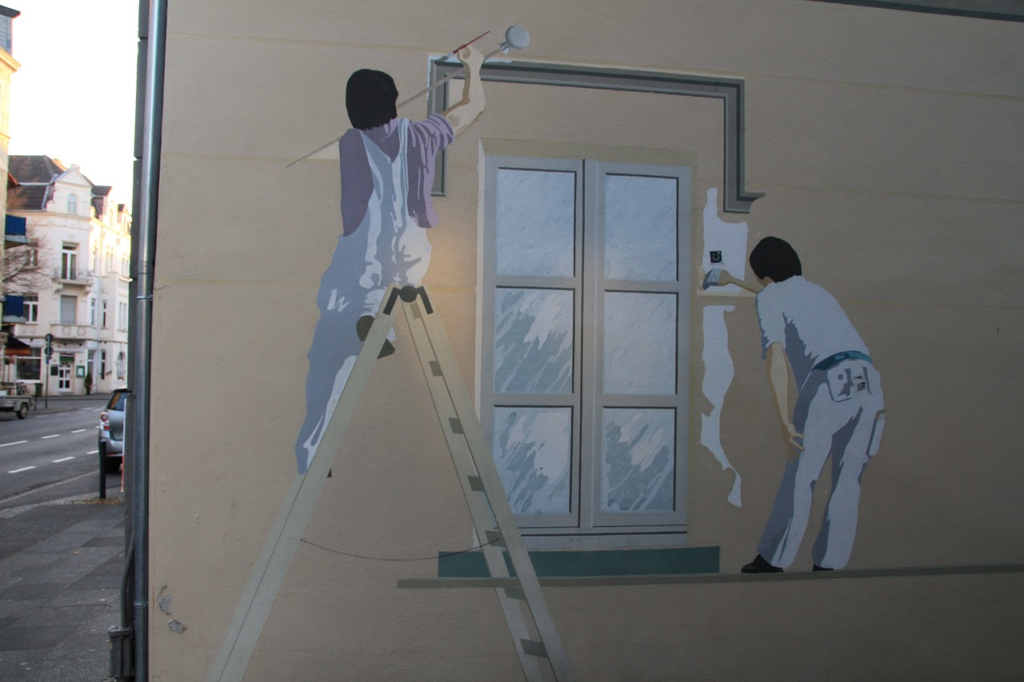
Following is a list of steps one must follow to paint a house
a) Plan your Look

Visualizing the final goal of any task is one of the best ways to achieve that goal. This is more so applicable in the case of painting. One must let their imagination run free to decide the colour scheme and their placement in a way that best suits their needs. One can take ideas from online blogs, magazines or direct conversations with a professional.
b) Choose colours after checking samples (paint buying guide)
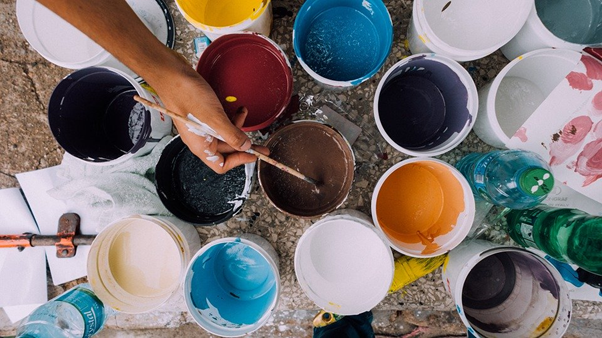
Choosing a good colour is a task which requires all your patience. Most of this patience is going to be used when flipping through the innumerable paint sample chips. It is advised to take the biggest paint sample chips the paint stores have.
Bring the sample chips home and see how it looks in the natural light in the house throughout the day for six to seven days. After narrowing down your choices, get paper painted in the finalised paints and move them around the house to have a better perspective.
c) Check how much paint you’ll need
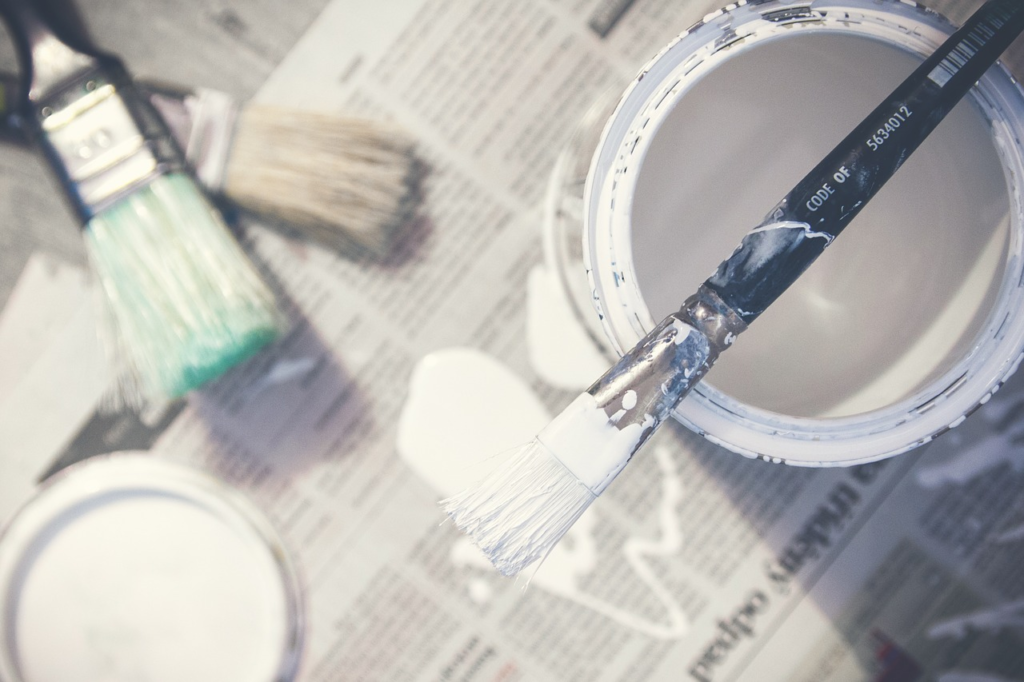
The standard formula to calculate the amount of paint required is one gallon per 400 square feet. However, there are more advanced techniques to calculate the same. There are online calculators which consider the dimensions of doors and windows to give an accurate amount of paint required. Other factors that affect the amount of paint is the previous coat and the texture of the wall.
d) Choose the right tools

There is a standard list of tools necessary to do a good paint job.
- Paint
- Paintbrushes
- Paint Roller
- Paint Roller
- Extension Pole
- Drop Clothes
- Putty Knife
- Dirty Rags
- Sandpaper
- Painter’s Tape
- Paint Tray
The above list may need to be altered based on many factors like the type of paint.
e) Walls and room have to be prepped

Prepping a room for painting is a very straight forward approach. Remove anything that is in your way and you don’t want to get paint on. If it can’t be moved, then move it all in the centre and cover them along with the floor with a plastic sheet. Use painters’ tape on all the edges of the room’s corners and base.
f) Paint is Mixed

Stir the paint with a flat wooden stick in the beginning and now and then throughout the process. This keeps paint loose and helps avoid any kind of film forming on the top.
g) Choose a Painting technique

A line of action should be predetermined before you begin. To keep things simple, it is advised to paint from the top of the room and make your way down. If using multiple colours in the same room, then finish the light-coloured walls first.
h) Keep the space ventilated
Windows must remain open and fans run at full speed when painting a room. The paint contains many chemicals and it is not safe to be stuck in a room with the fumes that they emit. Plus, this increases the drying up process.
i) Clean up

The cleanup process is tiresome but necessary. It includes removing the painter’s tape and collecting drop clothes. Cleaning brushes is an important step. One must use soap and water to clean water-based paint and mineral spirit for oil-based.
j) Be patient with the process
Painting a house is a process which requires all your patience. This patience will be tested during the second coat of paint and also when waiting for it to dry. However, a job well done is worth the wait.
k) Maintain exterior paint
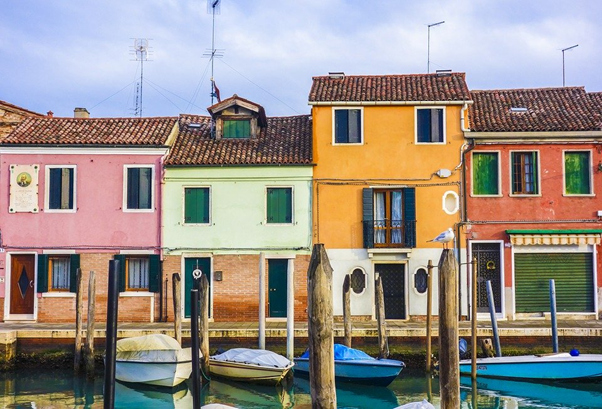
Exterior house paint is subject to much abuse from the elements around it. Therefore, a certain amount of upkeep is necessary to maintain the coat. Pressure washing, using anti-mould paint and repainting every 6-10 years is some of the ways to maintain exterior paint.
Home Painting Process: Conclusion
Painting one’s home may seem like a step focused on the appearance of the house, but it plays a much more important role in its health. It ensures the longevity of the house itself and protects the people that live inside. The process of painting should be taken seriously and done meticulously.

